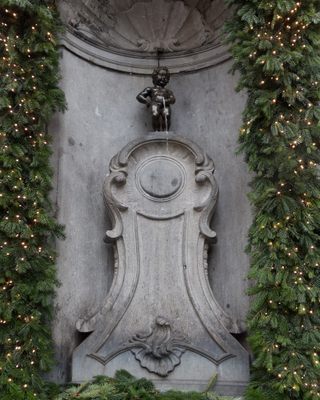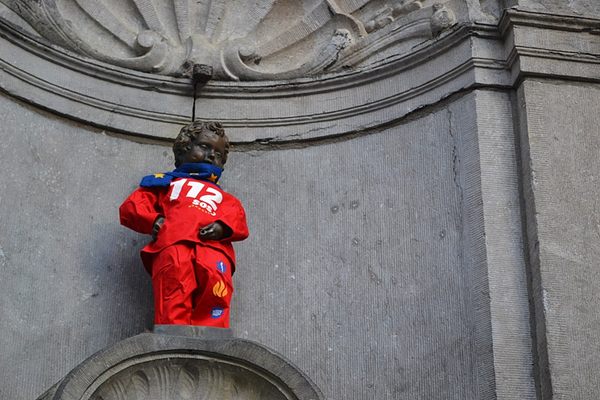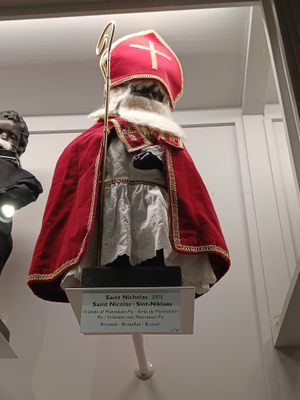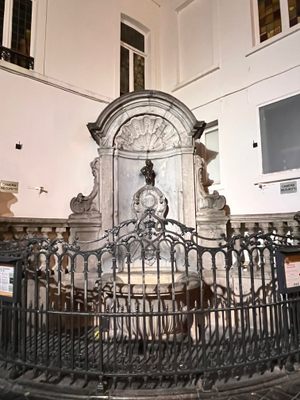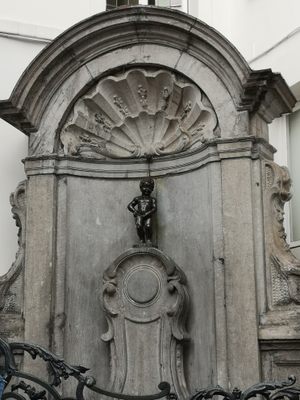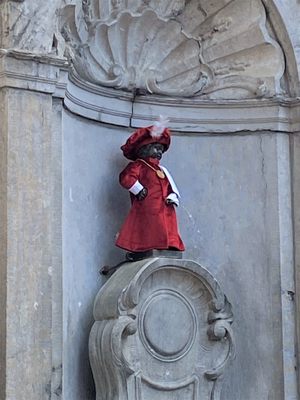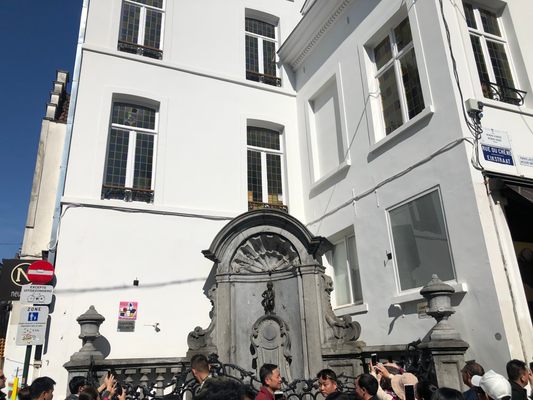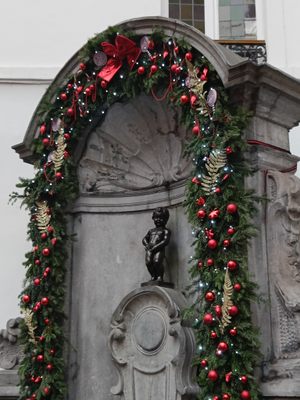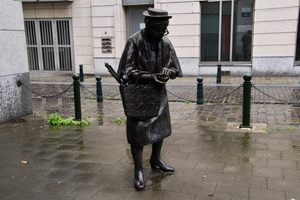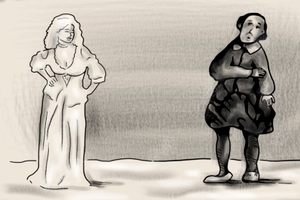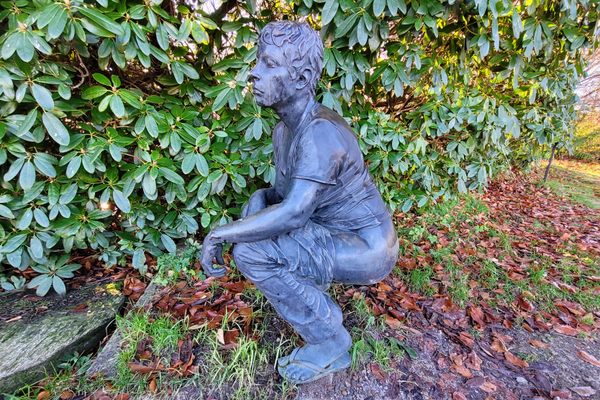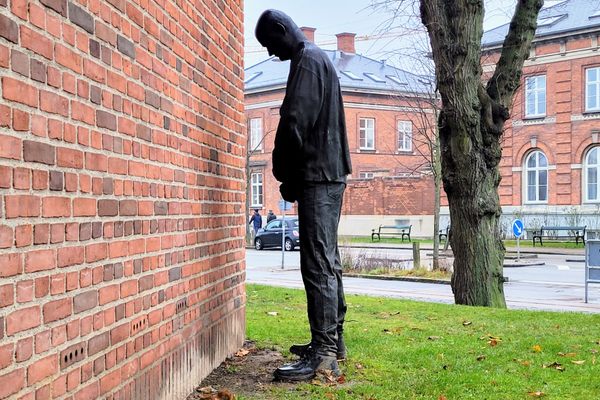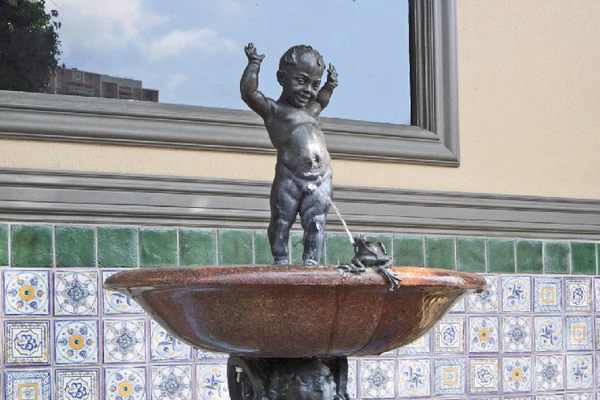About
The corner of Rue de l'Étuve/Stoofstraat and Rue du Chêne/Eikstraat in the heart of old town is the home of one of most peculiar attractions of Brussels: A statue of little naked boy pissing in a fountain known as Manneken Pis.
No one is quite sure just how and why this unimposing sculpture became so famous. There are thousands of similar fountains and sculptures scattered all over the continent, yet thousands of tourists flock each day to take a photo of this particular one. Manneken Pis is a little sculpture with a large wardrobe. The statue gets dressed in tiny costumes several times each week in one of around 1,000 different costumes. A society called Friends of Manneken Pis takes care of the costumes. The society receives hundreds of suggestions from fans each year, but only a handful gets made and used. The schedule of costumes is published on the web and on the posters plastered around the fountain.
There are several legends associated with Manneken Pis. Some say that the statue was inspired by a legend regarding the 12th-century battle between troops of Duke Godfrey III of Leuven and Berthouts, the lords of Grimbergen. Little Godfrey III was only two years old when he inherited his duchy. The commander of his troops hung a basket with the little lord on a tree branch to encourage the soldiers. According to legend, baby Godfrey took a piss on the heads of Berthouts who subsequently lost the battle.
Another legend claims that the statue represents another little boy, famous from another war. The story goes that Brussels was under siege in the 14th century. Enemy soldiers tried to blow up the city walls by placing a bomb near its foundations, but unknown to them they were being spied upon by a little boy. When soldiers moved away, he simply urinated on the fuse and thus saved the city from impending doom.
Another story says that Manneken Pis represents a son of a wealthy merchant who one day got lost in the big city. His desperate father organized a search party and turned the city upside-down. The boy was found happily pissing in somebody's garden. The sculpture was a gift from his father.
The current bronze sculpture is the work of Jerome Duquesnoy. However, there was a similar much older stone sculpture dating back to at least 1388. The original boy was stolen several times and finally lost. Manneken Pis has also served as a model for hundreds of cheap replicas used as garden decorations all over the world, furthering the statue's elusive, ever-growing legend.
There is another Manneken Pis in the nearby town of Geraardsbergen. There has been a long feud over whose statue was the elder one, which has developed into a friendly animosity between the two respective guilds. The issue has been solved, however, as an examination of the city archives proved the Geraardsbergen version to be older. Incidentally, it was commissioned to replace a statue of a lion that, in a similar feud, had been stolen by the inhabitants of Ghent.
Besides these two statues, there are more throughout the Low Countries, though most have either disappeared through time, and few have a working fountain. These statues were generally erected in honor of the tanners' guilds, who are known to have collected urine for use in their trade since Roman times.
Related Tags
Know Before You Go
When you go visit Manneken Pis, make sure also to visit his "sister," Jeanneke Pis! While hundreds of people visit Manneken a day, almost no one knows about Jeanneke.
Community Contributors
Added By
Published
June 9, 2010


